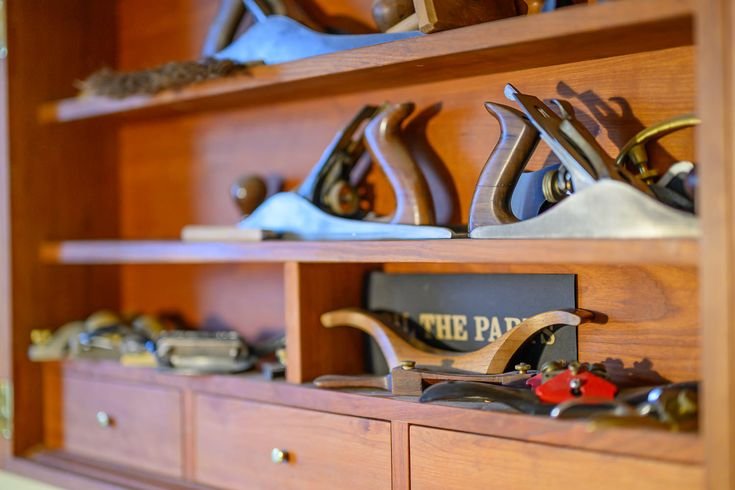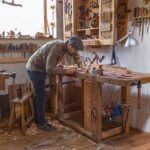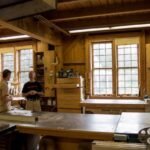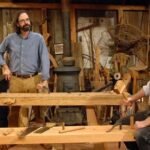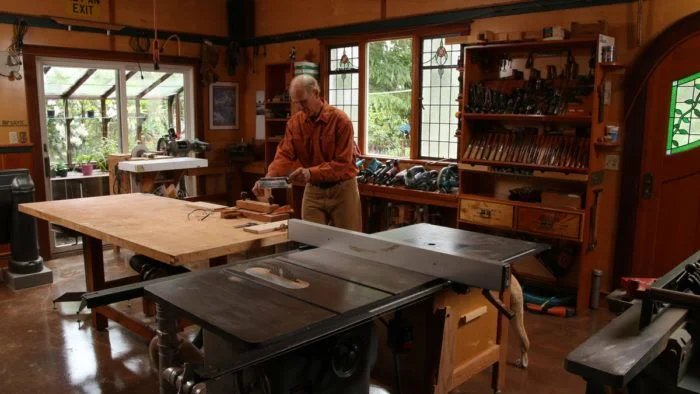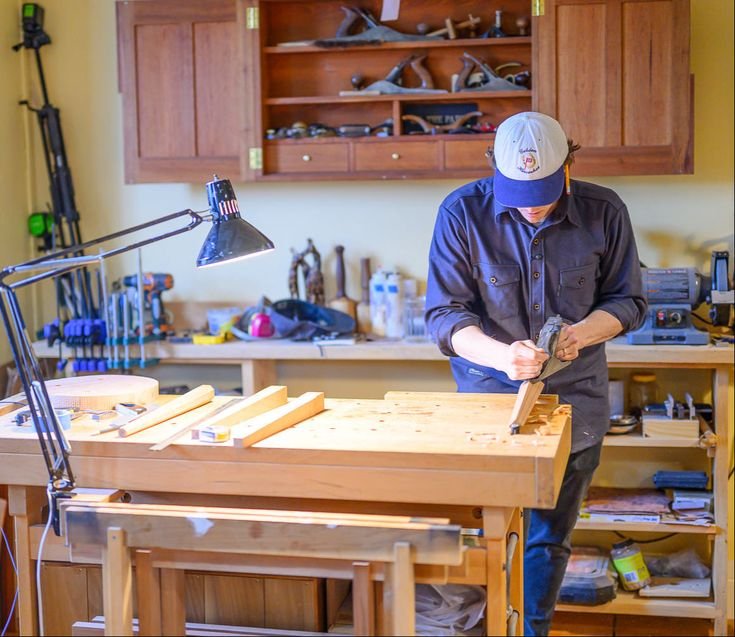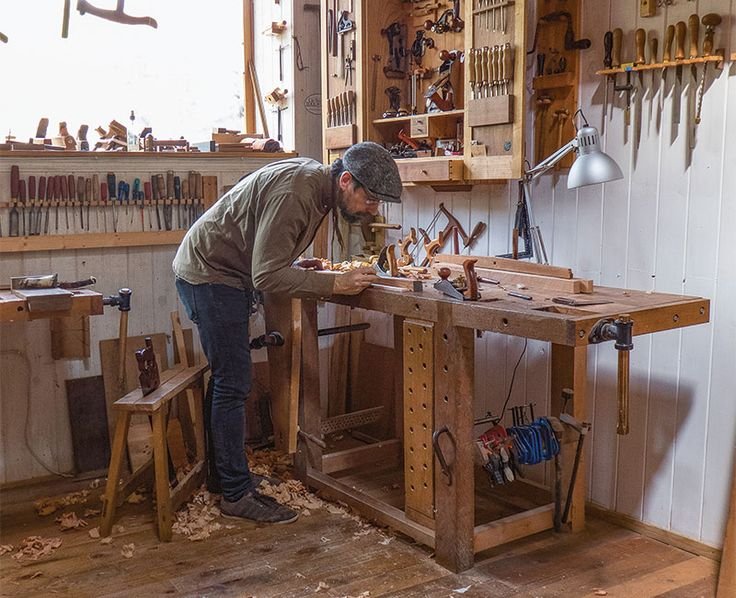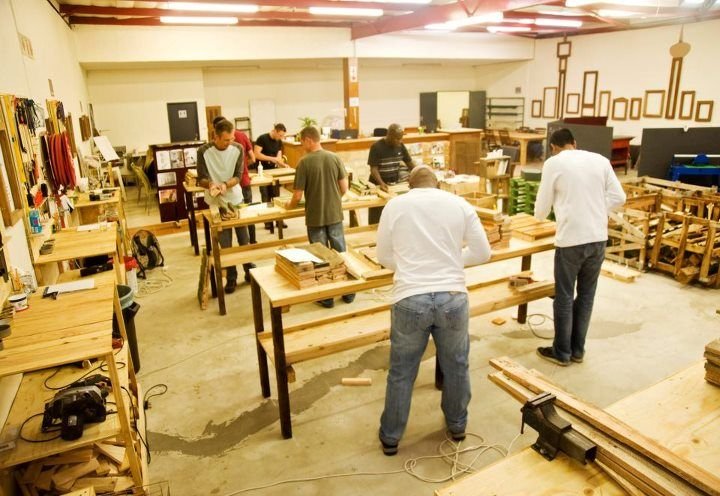Finding My Way Through Woodwork Fittings
You know, there are days when I sit out in my garage, coffee in hand, and just look around. Dust motes floating in the beams of the late afternoon sun, the smell of wood shavings lingering in the air. It’s like my little slice of heaven—or hell, depending on how the project is going, right? One of those days, I found myself wrestling with fittings in woodwork, and let me tell ya, it was an adventure I never quite expected.
If you’ve ever tried woodworking, you know it’s not all smooth sailing. I think the moment I realized this was when I decided to make a simple bookshelf. You know, classic rectangle. Nothing too fancy, just some pine from the local lumberyard, hoping to get that fresh-cut aroma wafting through the garage. But, ahh, fittings; that’s where the trouble started, my friend.
The First Encounter with Fittings
So, picture this: it’s Saturday morning, and I’ve got all my tools lined up—my old trusty miter saw, a drill that has seen its fair share of battles, and a jig saw that, honestly, feels like it’s ready to retire. Armed with a bunch of pine boards and no real plan beyond “make something that holds books,” I started off pretty confident.
I thought, “How hard can it be?” The thing about wood fittings, though, is they can be sneaky. I’d heard terms like “dowels” and “pocket holes” thrown around like confetti at a parade, but it didn’t really sink in until I needed to actually use them.
The Oops Moment
After cutting my boards down to size—the smell of that fresh pine was delightful, almost sweet—I got to the assembly part. I remember holding that first piece, puzzled, as if it were some piece of abstract art. Do I use screws? Glue? A mix of both? Remember that sunny optimism? Yeah, that took a nosedive faster than you can say “dowel joint.”
I decided to wing it. I thought, “Screws! I’ll just screw these together.” Well, let me tell ya about stripping screws. If you’ve never experienced the absolute frustration of a screw that just won’t bite, you’re lucky. There I was, my trusty drill slipping, turning that screw into a little metal pretzel, and I almost gave up. Like, seriously. I stared at my pile of wood and thought, “What on earth did I get myself into?”
Learning the Hard Way
After a few more unfortunate encounters with the screws, I stumbled upon pocket hole jigs. I’d seen these things online, and I’ll admit, they looked like some kind of woodworking wizardry. I finally decided to order one, mostly because I was tired of my screws looking more like modern art than building hardware.
When it came in, I eagerly ripped open the box. It felt like Christmas morning! I spent a solid hour setting it up, heart racing with anticipation, like a kid about to ride their first roller coaster. I lined up my boards and drilled those pockets. The sound of the drill biting into the wood was music to my ears, a sort of symphony of clicks and whirs.
And when it actually worked? Oh man, I laughed out loud! It was like I’d found the secret recipe for grandma’s cookies. Everything came together so smoothly. I felt like a real woodworker; the kind of guy you see on those home improvement shows, high-fiving his own reflection in the mirror.
Unexpected Lessons in Different Fittings
But the pocket hole jig wasn’t a full-proof solution—oh, no. I learned about dowels the hard way too. Trying to fit those tiny, perfectly measured dowels into my boards? That’s another battle! I had a little bag of them, and just as I thought I had mastered the pocket holes, I decided to add some dowel joints for good measure. I swear, I drilled those holes and glued them up like my life depended on it. Got so caught up in feeling like a professional, I ended up with glue all over my hands and wood like a toddler had tried to make a sculpture—just a mess.
There’s something about the smell of wood glue, though; it’s oddly comforting. As it dried, you feel this quiet satisfaction. Even if my joins weren’t perfect or my bookshelves were a bit crooked, the journey was what mattered.
A Warm Conclusion
So, if you find yourself in the garage, trying to figure out how on Earth to get those fittings together, just know you’re not alone. We’ve all been there, wrestling with screws and glue and wondering if we’re ever going to measure correctly.
What I wish someone had told me earlier? Don’t stress too much about getting everything perfect. It’s okay to make mistakes; they just become part of your story. Every crack, crooked line, and mishap makes it more authentic—and that’s why we do this, right? To create something meaningful, even if it’s just a bookshelf for those novels you have piled up. So grab your tools, pick that pine, and just go for it. Happy woodworking!

